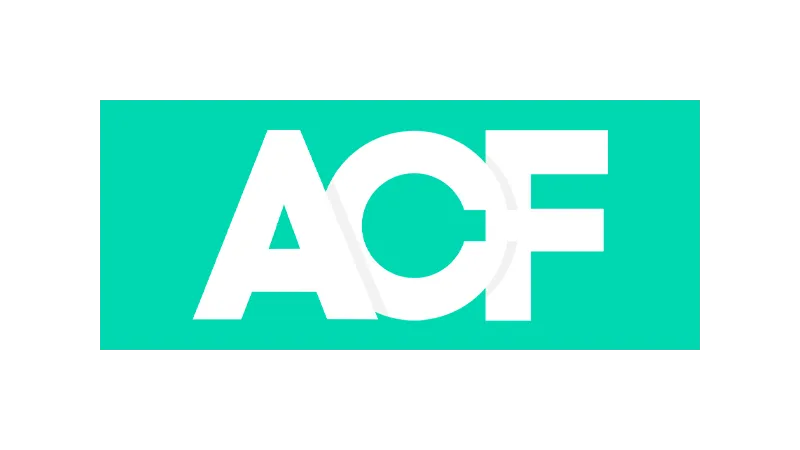Let’s have a look how to create and customize Full Width and Boxed Cwicly Templates. These templates are the starting point for your content creation, allowing you to design and structure your website’s pages and posts in a way that best suits your content. Whether you want to create a blog post with a full-width layout or a product page with a boxed layout, Cwicly templates can help you achieve your design goals. Let’s go through it together with Grant Ambrose.
The Role of WordPress Template Hierarchy in Customizing Cwicly Templates
Before we start customizing Cwicly templates, it’s important to understand the WordPress template hierarchy. This hierarchy is a system that WordPress uses to decide which template file will be used to display a certain page or post. It’s like a decision tree, guiding WordPress to the right template based on the specific type and status of each page or post.
For example, let’s say you have a blog on your website. For your blog posts, WordPress will first look for a template file named single-post.php in your theme directory. If it doesn’t find it, it will look for a more general template file named single.php. If it doesn’t find that either, it will use the most general template file, index.php.
So, if you want to customize the layout of your blog posts using a Cwicly template, you would need to apply your changes to the single-post.php template file (or create it if it doesn’t exist). Understanding this hierarchy will help you determine which template to customize for a specific page or post.
Customizing Cwicly Templates
Cwicly offers a way to tweak templates. You can add visibility conditions to templates, which act like a secret password. Only the pages or posts that meet the conditions can use the template. Applying templates to pages and posts is as easy as selecting the template you want to use.
Creating a Contained Layout with Cwicly Templates
Creating a contained layout starts by setting up a section and a container for post content. Here are the steps:
- Set up a section and a container for post content.
- Add your post content.
- Add padding to your post content. This gives your content some breathing room and makes it more comfortable to read.
- Add spacing between elements. Each paragraph is a separate entity, and the spacing separates them.
- Add more spacing before headings. The headings lead to new levels of content.
Creating a Cwicly Full Width Section Layout Template
Creating a full-width layout starts with a custom template in Cwicly. Here are the steps:
- Create a custom template in Cwicly.
- Add your post content without a section or container.
- Apply the custom template to a page or post by simply selecting the template you want to use.
Combining Contained and Full Width Sections in One Cwicly Template
Combining the contained and full-width layouts in one template starts by adding two different post content blocks on a page. Here are the steps:
- Add two different post content blocks on a page.
- Set up an Advanced Custom Field for post layout. This acts like a switch that controls whether the contained or full-width layout is visible.
- Apply conditions to the post content blocks based on the custom field value. This controls which layout is displayed.
Conclusion
By following these steps, you can create and customize Full-Width and Boxed Templates using Cwicly. Whether you’re designing a blog post, a product page, or any other type of content, these templates give you the flexibility to create a layout that best suits your needs. So go ahead, start experimenting with Cwicly templates and see what amazing designs you can create!



